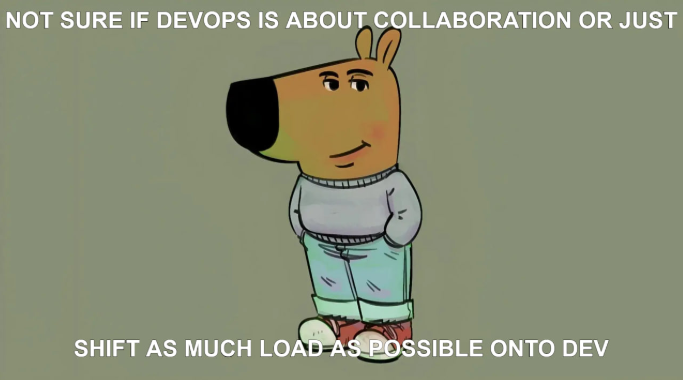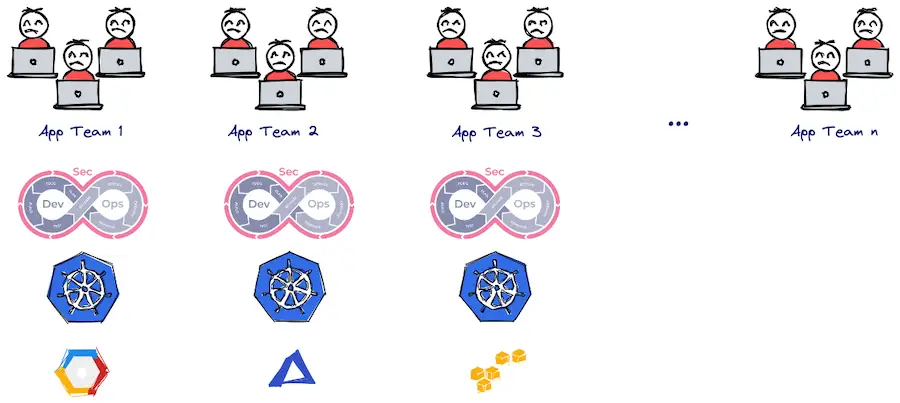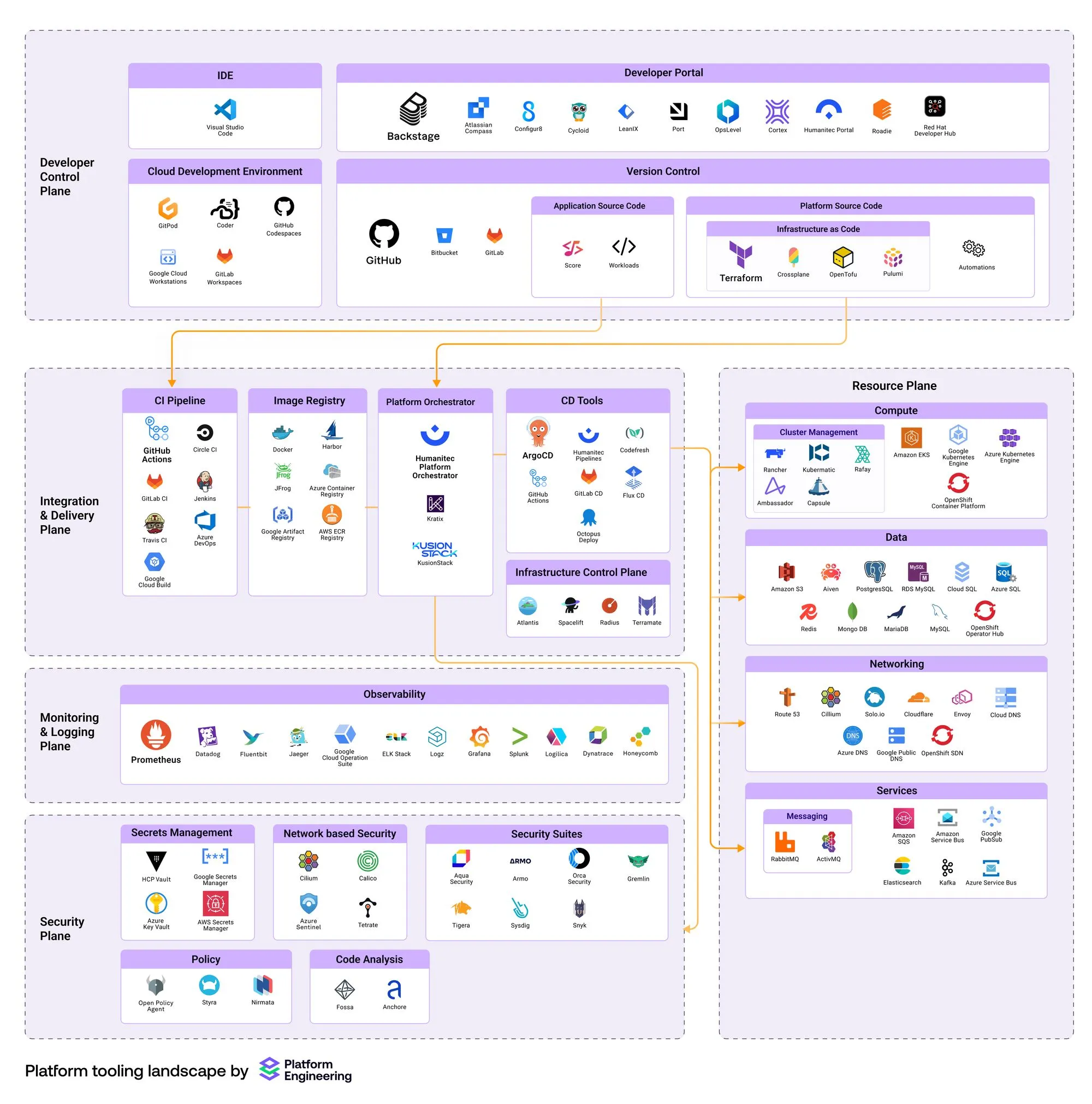The term "DevOps" was officially introduced in 2009. The foundation of DevOps was envisioned as a cultural shift aimed at enhancing collaboration between development and operations teams. However, as the concept has evolved, some organizations have veered away from its original intent. Rather than fostering teamwork, there has been a tendency for some companies to place an excessive burden on developers by reallocating various operational responsibilities to them, which detracts from the foundational principles of DevOps.

While the concept of DevOps presents significant advantages in theory, its practical implementation has proven to be more variable. Concurrent with the transition to DevOps, several trends have emerged that complicate the daily experiences of developers. These include an increasingly diverse tooling landscape, heightened cloud adoption, and the growing prominence of complex tools such as the container orchestration platform Kubernetes and the Infrastructure as Code (IaC) tool Terraform.
While DevOps sounds fantastic in theory, putting it into practice can be hit or miss. Along with the shift to DevOps, a few trends are making things a bit tougher for developers. We’re dealing with a huge variety of tools popping up everywhere, more people adopting cloud services, and some pretty complex tools becoming mainstream, like Kubernetes for container orchestration and Terraform for Infrastructure as Code (IaC). Istio, CrossPlane, Kusion.

Out of nowhere, developers suddenly had to wrap their heads around complicated cloud-native tools just to do simple stuff like changing an environment variable or fixing a basic database setup. It’s wild! This has led to a crazy amount of mental strain, totally messing with the developer experience and dropping productivity through the floor. Just take a look at how bad things have gotten over the past 20 years. And honestly, there hasn’t been any sign that this is going to slow down or change anytime soon. We used the traditional platform as a service setup for almost ten years, but we found that it started to hold us back due to some major issues. The main problem is that our infrastructure has gotten super complex over time. Developers are swamped with all this infrastructure knowledge they need to have, and the platform itself has become a bottleneck when it comes to making infrastructure capabilities available. There are often many teams involved, which makes teamwork and coordination pretty tough. On top of that, figuring out security parameters and policies is harder than ever. Plus, with Kubernetes, when things go sideways, the impact can be massive.

Platform engineering is here to make life easier for developers! Many top tech companies have set up platform engineering teams dedicated to building and maintaining Internal Developer Platforms (IDPs). These teams approach their work like a product, focusing on simplifying the development journey.
With these platforms, developers no longer have to juggle complex toolchains—they can focus on what they love most: coding and creating amazing applications. This friendly approach reduces stress and boosts productivity, allowing teams to work quickly and efficiently without compromising on quality. It’s a win-win for everyone involved!

Platform engineering is the discipline of designing and building toolchains and workflows that enable self-service capabilities for software engineering organizations in the cloud-native era. Platform engineers provide an integrated product most often referred to as an “Internal Developer Platform” covering the operational necessities of the entire lifecycle of an application. An Internal Developer Platform (IDP) encompasses a variety of technologies and tools, integrated in a manner that reduces cognitive load on developers while retaining essential context and underlying technologies. It helps operations structure their setup and enable developer self-service. Platform engineering done right means providing golden paths and paved roads that match the preferred abstraction level of the individual developer, who interacts with the IDP.